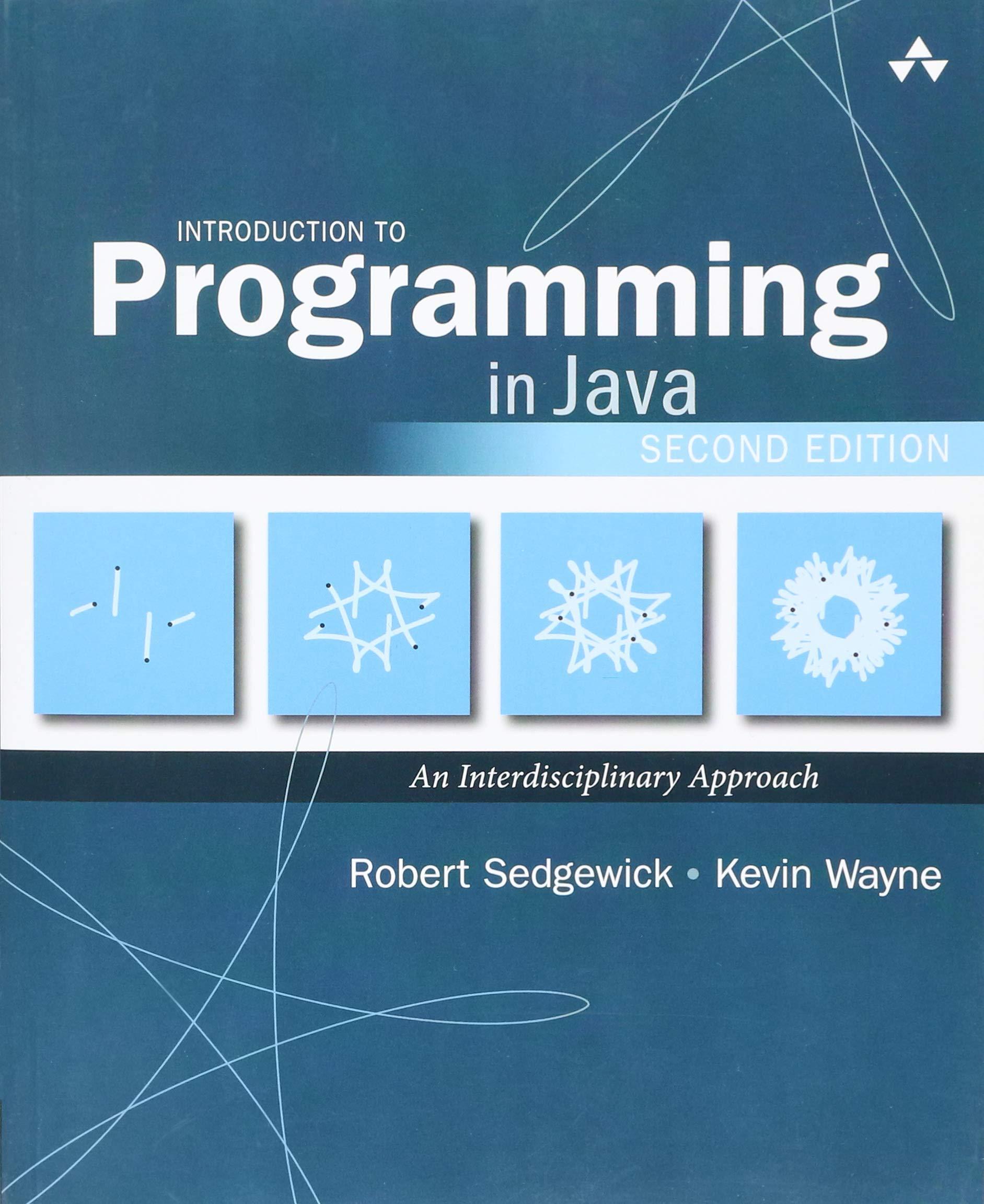The American astronomer Simon Newcomb observed a quirk in a book that compiled logarithm tables: the beginning
Question:
The American astronomer Simon Newcomb observed a quirk in a book that compiled logarithm tables: the beginning pages were much grubbier than the ending pages. He suspected that scientists performed more computations with numbers starting with 1 than with 8 or 9, and postulated that, under general circumstances, the leading digit is much more likely to be 1 (roughly 30%)
than the digit 9 (less than 4%). This phenomenon is known as Benford’s law and is now often used as a statistical test. For example, IRS forensic accountants rely on it to discover tax fraud. Write a program that reads in a sequence of integers from standard input and tabulates the number of times each of the digits 1–9 is the leading digit, breaking the computation into a set of appropriate static methods. Use your program to test the law on some tables of information from your computer or from the web. Then, write a program to foil the IRS by generating random amounts from $1.00 to $1,000.00 with the same distribution that you observed.
Step by Step Answer:

Introduction To Programming In Java An Interdisciplinary Approach
ISBN: 9780672337840
2nd Edition
Authors: Robert Sedgewick, Kevin Wayne





